You might remember Tomorrow’s World, the prime-time BBC science and technology TV programme that offered viewers a weekly peek into the future.
A staple of the broadcasting schedule during the last four decades of the previous century, it covered the up-and-coming gadgets and gizmos that, it reckoned, would become indispensable in the years to come. More often than not, though, these devices disappeared without a trace after the grand claims of their life-changing significance proved somewhat wide of the mark.
The Audi A2 and Honda Insight would have been perfect fodder for the show’s presenters back in the day. Both models celebrate their 25th birthdays this year, and when they were launched (within months of each other at the tail end of 1999) they promised to herald the dawn of a new efficiency-chasing automotive era when advanced tech and high-minded ideals met to deliver money-saving motoring for the masses.
Yet despite being intensively engineered and packed with innovative design, this silver-jubilee duo proved to be four-wheeled follies. They sold in tiny numbers, lost their manufacturers more money than they ever made and, like Tomorrow’s World, were quietly dropped in the mid-noughties. But was it a case of the right idea, just the wrong time?
Introducing the Honda Insight and Audi A2
Quick links: Design and dimensions - Interior - Powertrains and performance - Fuel economy - Driving dynamics - Verdict - Specs
With today’s ever greater focus on the cost of living and conserving the world’s natural resources, this parsimonious pair are arguably more relevant than ever. And despite their disparate outward appearances – one’s a conventionally powered compact five-door family hatchback and the other a slinky, hybrid-assisted coupé – they both pursue a minimal mass and low drag path in their quest to deliver fuel-sipping progress.

It was the two-seat Honda that arrived first, making its debut a month or so before the A2, and in many respects it had the longer-lasting impact, thanks in no small part to its hybrid powertrain. Beating the Toyota Prius to the punch (outside Japan at least), the Insight was one of the first mass-produced (in the loosest sense) petrol-electric cars and helped to set a trend that’s greater now than it has ever been.
Even by today’s standards, its novel Integrated Motor Assist (IMA) set-up is fairly advanced. It features a thin (60mm) 13bhp electric motor bolted to the crankshaft of the car’s lean-burn 67bhp 1.0-litre three-cylinder petrol engine. Like today’s mild-hybrid units, the brushless motor delivers a slug of low-speed torque, captures otherwise lost energy when slowing and acts as the combustion engine’s starter motor, enabling a stop-start function. If all that sounds familiar, it’s because you’ve probably driven a car recently that has a similar set-up, although it will be called a mild hybrid now.
Design and dimensions
Yet it’s the car’s looks that garner the most attention today. For starters, the Insight looks tiny alongside today’s sea of SUVs and it’s even dwarfed by the A2, a car that’s just 3.8m long. Then there’s the aerodynamically honed design, complete with its faired-in rear wheel arches and a Kamm tail that, like the Audi, requires a split-pane rear screen.
At just 1.3m tall, the Honda sits low and, when you follow one down the road, you’re also very aware of its narrow rear track, which helps it to achieve an aerodynamically ideal teardrop shape that results in a greasy-smooth drag coefficient figure of just 0.25.
The slippery body is made from aluminium, as is the car’s structure, suspension and much of the engine, which also uses plenty of magnesium. As a result, the Insight weighs as little as 835kg, although our test car – a tidy 65,000-mile example from Honda UK’s own fleet – is a ‘portly’ 852kg owing to its optional air-con.

The A2 isn’t such a featherweight, but an all-in figure of 895kg (although the diesel engine in our version adds 95kg to this figure) is frankly incredible for a car that will comfortably accommodate four adults and contains a useful 390-litre boot.
Once again, aluminium is the vital ingredient in creating this low-mass marvel. The A2 uses a version of Audi’s Aluminium Space Frame design first seen on its luxurious A8 flagship saloon (celebrating its 30th birthday this year), which in its naked form is light enough to be easily lifted by a couple of people. On to this are hung the aluminium panels, which, unlike those of the monocoque-constructed Honda, provide no structural support at all.
Tall and narrow, the A2 has an almost SUV vibe compared with the knee-high Insight and the familiarity of Audi’s design language means it doesn’t attract as many eyeballs as the lime green Insight.
Yet there are neat details to appreciate everywhere, from the large single windscreen wiper (which saves weight) to the front grille that doubles as a service hatch, popping open to reveal the engine oil dipstick and washer fluid reservoir.
Despite lacking the Honda’s low-slung looks, the Audi cheats the wind almost as effectively with a Cd figure of between 0.25 and 0.29, depending on the model. The lowest Cd belongs to the 1.2 TDI that was never available in the UK but it was capable of nearly 100mpg if driven with the greatest of restraint.
Interior
Arguably, the A2’s interior is even more impressive than the exterior. There’s nothing revolutionary or daring about its design, but it’s noteworthy because it continues to feel so modern and upmarket after all this time. The standard-fit CD player and analogue dials date it a little but, in all other respects, it could have been lifted from any Audi produced in the past five years. If anything, its elegantly logical dashboard layout makes it far easier to use than today’s touchscreen-heavy contenders.
It’s impressively roomy too. The A2 easily matches a box-fresh A3 for rear-seat space (ours is the four-seat version but a five-seat option was available) despite being 200mm shorter than the firm’s current entry-level tiddler, the A1. There’s a decent boot as well, plus plenty of handy storage, including a pair of nicely over-engineered pop-out cupholders in the dash. Not since the original Mini has there been such a paragon of packaging ingenuity.

Obviously, you can’t compare the Honda with it for interior accommodation because the two-seat Japanese car was designed to a very different brief.
Even so, it’s difficult to avoid being shocked by how badly the cabin has aged compared with Audi’s. The Insight’s cheap plastic trim, fiddly switchgear and a single-DIN radio cassette player, complete with removable face plate (remember when car stereo theft was a big deal?), make the Honda feel very much like the quarter-century-old machine it is.
That said, you can’t fail to smile as you twist the key in the ignition and watch the cheap-looking digital-watch-style instruments spring into life. And as in the Audi, the driving position is good, with plenty of adjustment and a very decent view out – although the split-screen tailgate design on both cars compromises the view through the rear mirror.
Powertrain and performance
If anything dates the Audi, then it’s the 74bhp 1.4-litre TDI engine that sits in its snub nose. It fires into life with such clattery violence when cold that you fear something has broken in an expensive and terminal way.
When the A2 was new, there were also 1.4-litre and 1.6-litre petrol options, but for buyers wanting to save a bundle at the pumps, this three-cylinder compression-ignition diesel was the way to go for its promise of a heady 65.7mpg on the combined cycle.

Matters improve a little once the unit is warmed through but the gruff off-beat thrum is an ever present aural companion – although there’s no denying it has a certain charm. It smooths out once you get moving, however, and while it’s a little flaccid at low revs, the boost starts building from around 1800rpm and a muscular 144lb ft quickly becomes available.
With less than 1000kg to haul around, the Audi is deceptively quick across the ground and its decisive mid-range urge allows you to surprise bigger and more powerful machinery.
In third, fourth and fifth gear, there’s almost warm-hatch levels of performance, provided you keep the 1.4-litre engine in its narrow powerband – an exercise made easier by the long-throw but satisfyingly precise five-speed gearbox.
Uncouth engine aside, the Audi is actually a remarkably refined device. As with the Honda, the low-drag aerodynamics allow it to slip through the air quietly, while road and suspension noise are well suppressed, making the A2 an effortless long-distance express.
The Insight isn’t as well suited to that kind of role, not least because the large, exposed load area behind the front seats acts like an amplifier to make road roar an ever present companion once speeds rise above 40mph or so.

The Honda can’t match the Audi’s get-up-and-go either. On paper, the Honda’s combined petrol-electric output of 76bhp gives it a narrow advantage, but even with the assistance of its electric motor, a peak torque figure of 83lb ft is well short of the A2’s maximum of 144lb ft.
Combined with the Insight’s long gearing, it results in acceleration that feels rather leisurely by comparison, despite Honda’s claim when the car was new that it delivered 1.5-litre levels of go. Still, the 1.0-litre triple is a near-silent companion compared with the Audi’s diesel unit and it revs sweetly when you do need to get a move on.
The Insight feels particularly anaemic if you follow the guidance of its gearshift indicator, which instructs you to grab another cog at little more than 1500rpm in an effort to maximise fuel economy.
That said, the electric motor’s seamless torque fill allows it to just about get away with those early upshifts and each one is made more pleasurable by the deliciously light and direct action of the five-speed manual.
Fuel economy

The stop-start system works well too, cutting out smoothly when you come to a standstill and firing instantly to life when you engage first gear. The widespread use of similar systems today makes it hard to imagine just how novel it was in 1999. Yet it’s also easy to see that with some subtle fine-tuning (a smaller, lighter and more powerful lithium ion battery, for instance), this cleverly conceived IMA hybrid could easily cut it in any current small car.
More importantly, the fuel savings on offer in the Insight are truly remarkable. Editor-at-large Matt Prior managed a fairly easy 80mpg in it on his drive to our test location, while particularly abstemious owners have frequently recorded returns in excess of 100mpg. It makes the Audi’s day-to-day 60mpg appetite for diesel seem profligate.
Driving dynamics
Despite their differences, though, both of these fuel-sippers are genuinely fun to drive. We have become used to increasingly clever electronic aids making two-tonne SUVs and electric cars handle with an agility that’s at odds with their corpulent kerb weights, but there’s nothing like driving a genuinely lightweight car to remind you just how beneficial minimal mass is in delivering maximum entertainment.
Of the two, it’s actually the upright Audi that feels the more dynamic, responding with greater eagerness to being driven with carefree abandon. Slightly slow-witted steering betrays the A2’s age but, in all other respects, this impeccably maintained 29,000-miler from Audi UK feels alert and eager.

The lack of inertia lets you flick-flack through switchbacks with the fleet-footed agility of a world-class rugby union winger side-stepping a lumbering prop forward.
There’s no shortage of grip either, despite 185-section tyres that wouldn’t look out of place as a space-saver spare in any modern car. The well-balanced handling also allows both axles to take the share of the loads for a nicely four-square cornering stance with impressively little lean for something this lanky.
It’s perhaps no surprise that the A2 made the grade as a contender in our annual Britain’s Best Driver’s Car contest back in 2000. (We rated it ahead of the company’s B5-generation RS4 that was also in attendance. Yes, really.)
In fact, the only real dynamic demerit is a lumpy low-speed ride that results in wince-worthy progress on battered and bruised urban Tarmac.

The more softly sprung Honda rides more absorbently (and noisily) than the Audi, but it’s not as keen to be taken by the scruff of the neck and thrown down the road. Its steering is quicker, but the Insight’s even skinnier 165-section tyres demand gentler treatment if you’re not to overwhelm them.
Yet with its low centre of gravity and gossamer-light construction, the Insight responds crisply and keenly to your inputs. So it will flow through corners with an even-keeled accuracy that allows you to carry surprising speed along tight and undulating roads – which is perfect for maintaining momentum and so stretching every gallon of unleaded.
Verdict
Exposure to these two fantastic fuel-sippers makes it even more heart-breaking that they were such flops when new. Exactly how badly did they do? Over a seven-year production run, the Insight did find a cult following in North America, where more than 14,000 sales were racked up. And Europe? Erm, just shy of 400 found homes.
In Honda’s defence, the Insight was only ever meant to be a niche product, one that served as a production-ready proof of concept for the brand’s clever hybrid system. It did its job too, because 25 years on, most of the Japanese firm’s line-up is powered by a petrol-electric mix, while much of the wider car industry has followed its electrified lead.

For Audi, the A2 proved to be a bigger disappointment, given that it was intended as a big-volume challenger for the equally innovative but dynamically inferior Mercedes-Benz A-Class. In the end, bosses pulled the plug on the A2 in 2005, by which point it had been outsold four to one by its arch-rival from Stuttgart. Worse still were the financial losses. Exact figures are hard to verify, but those close to the project reckon Audi took a £4000 hit on every A2 sold. Ouch.
It’s a shame, because both of these machines now feel like the perfect fit for today’s motoring landscape, where the need to minimise our impact on the environment is more urgent than ever. They are also a reminder of the optimism and risk-taking spirit of car manufacturers in the 1990s, when no idea, no matter how crazy it looked, was off the table.
In fact, it’s a testament to the clear-sightedness of the designers and engineers that this pair continues to feel so relevant. The Audi in particular feels notably contemporary and it’s not hyperbole to say that, outdated diesel aside, the A2 could be relaunched tomorrow and still stack up against the current crop of rivals.
In fact, how about a lightly revised Audi with an updated version of the Honda’s powertrain? Now there’s a thought.
Specs



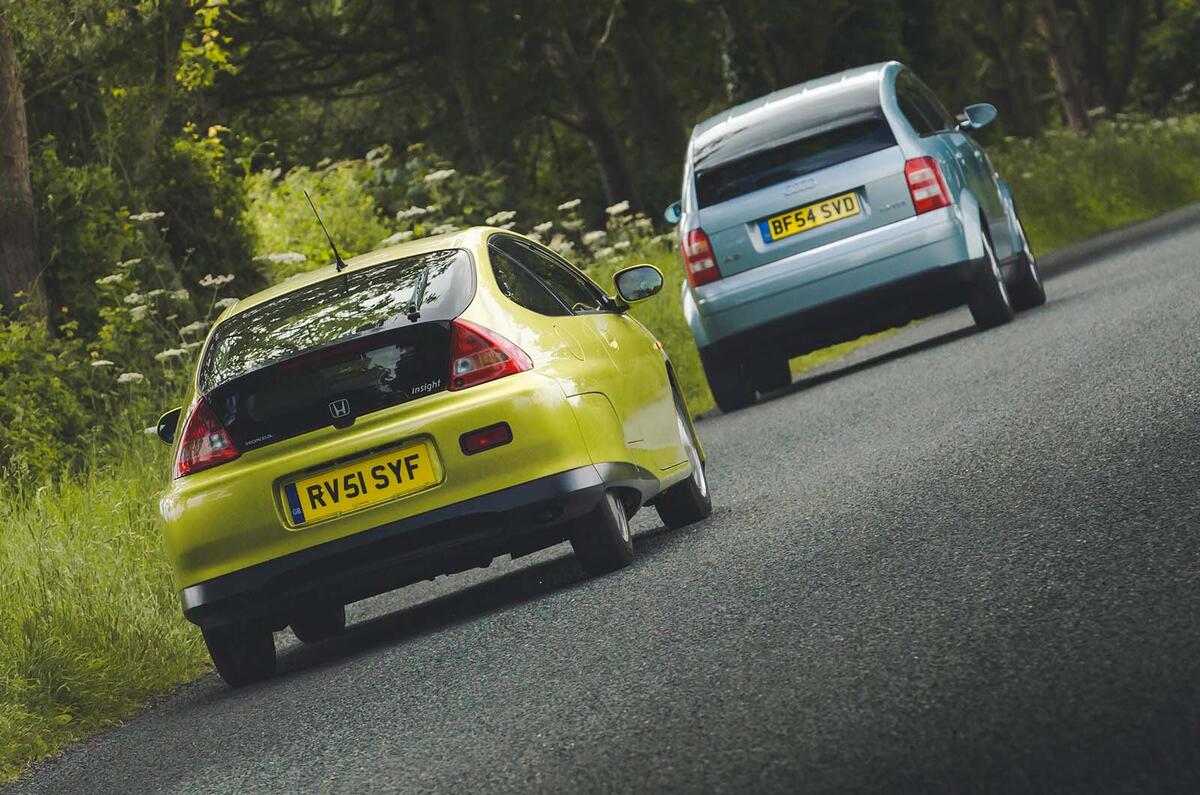
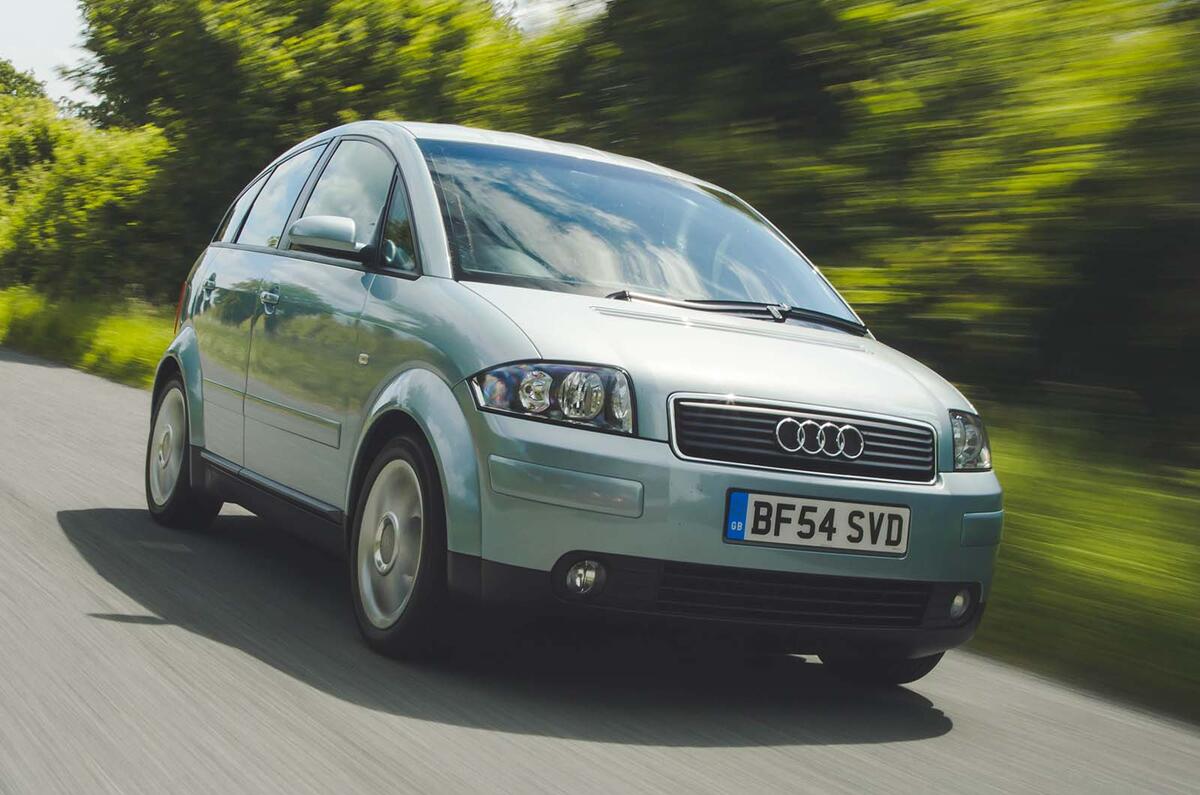
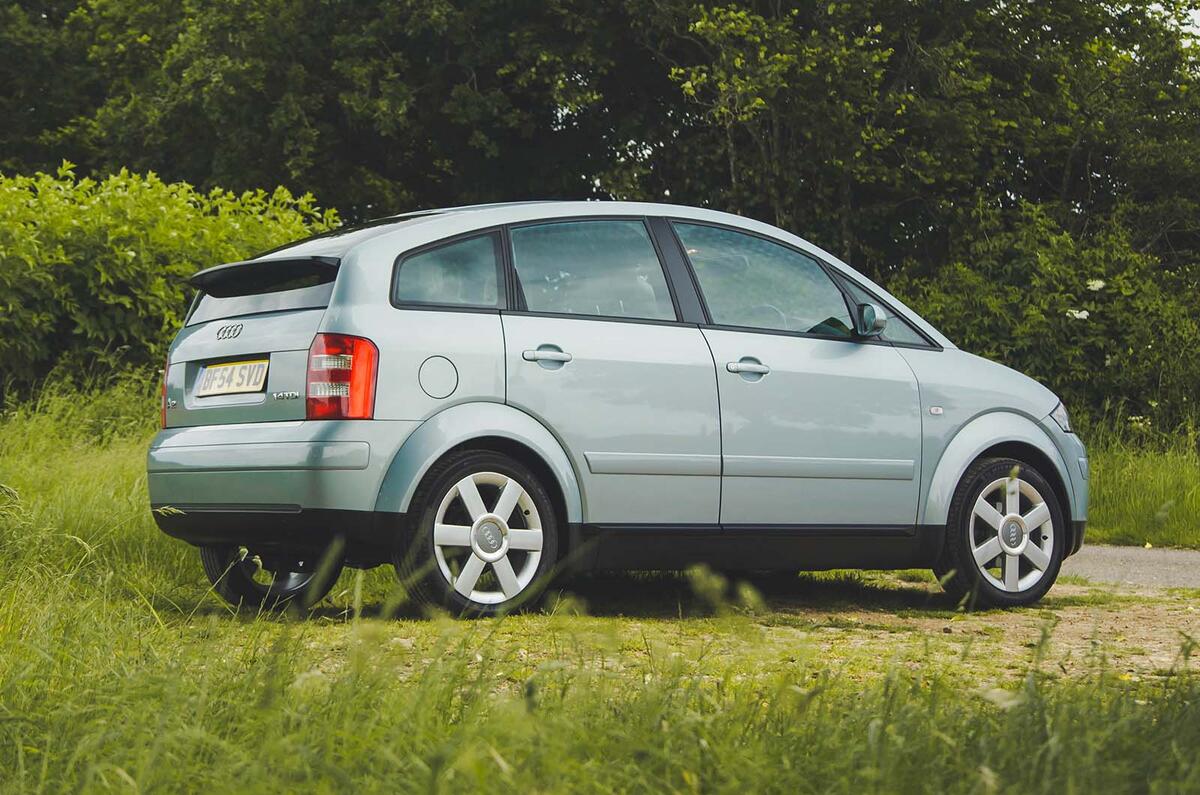
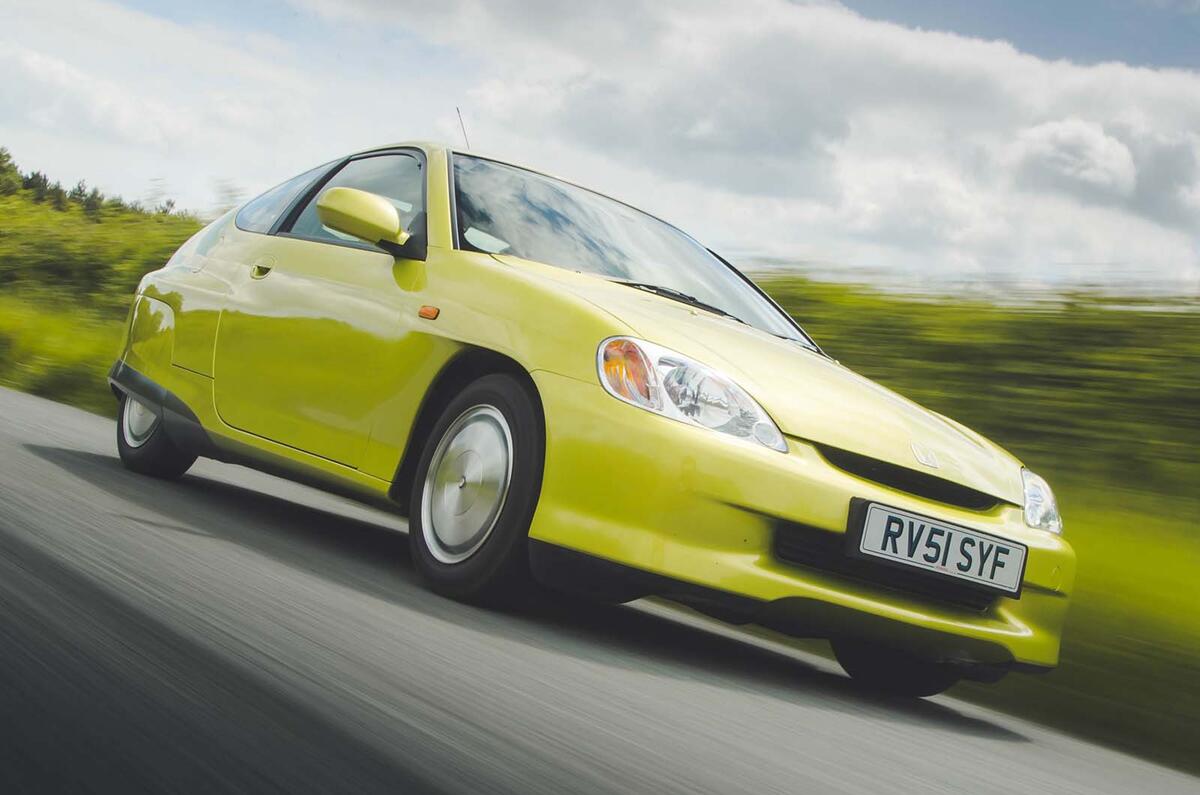

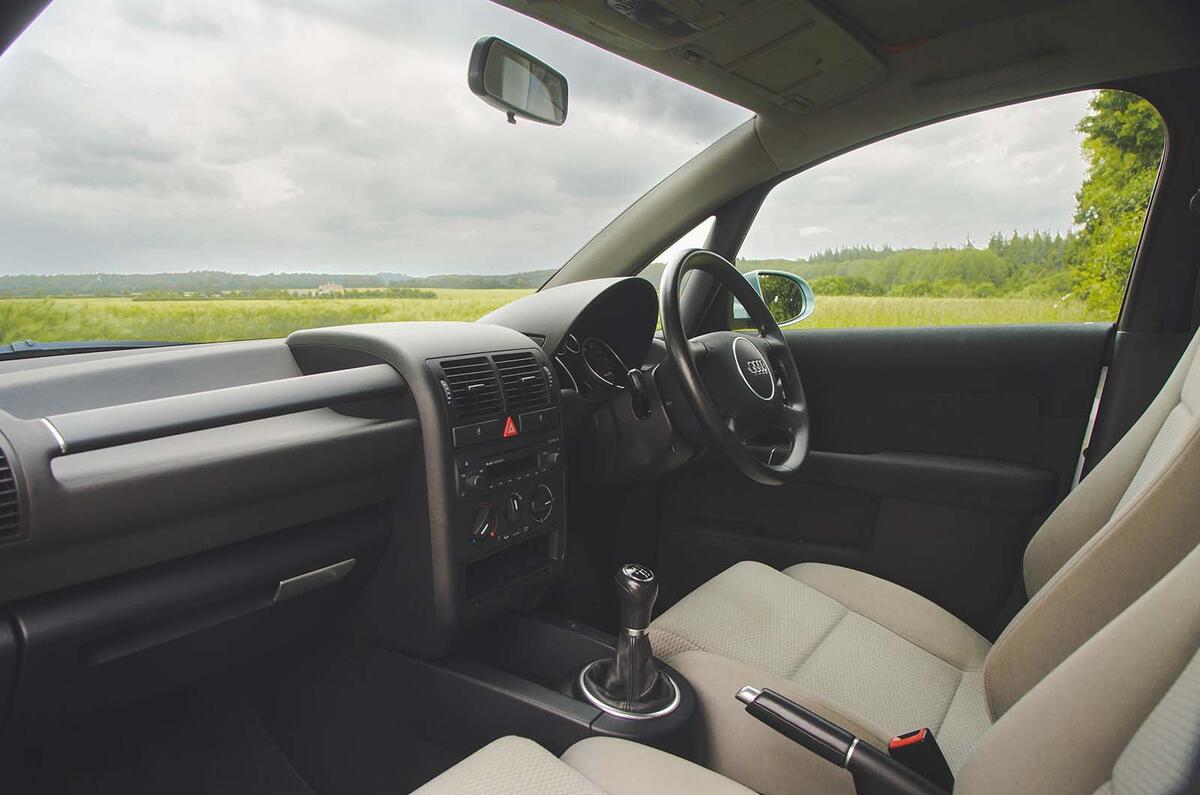
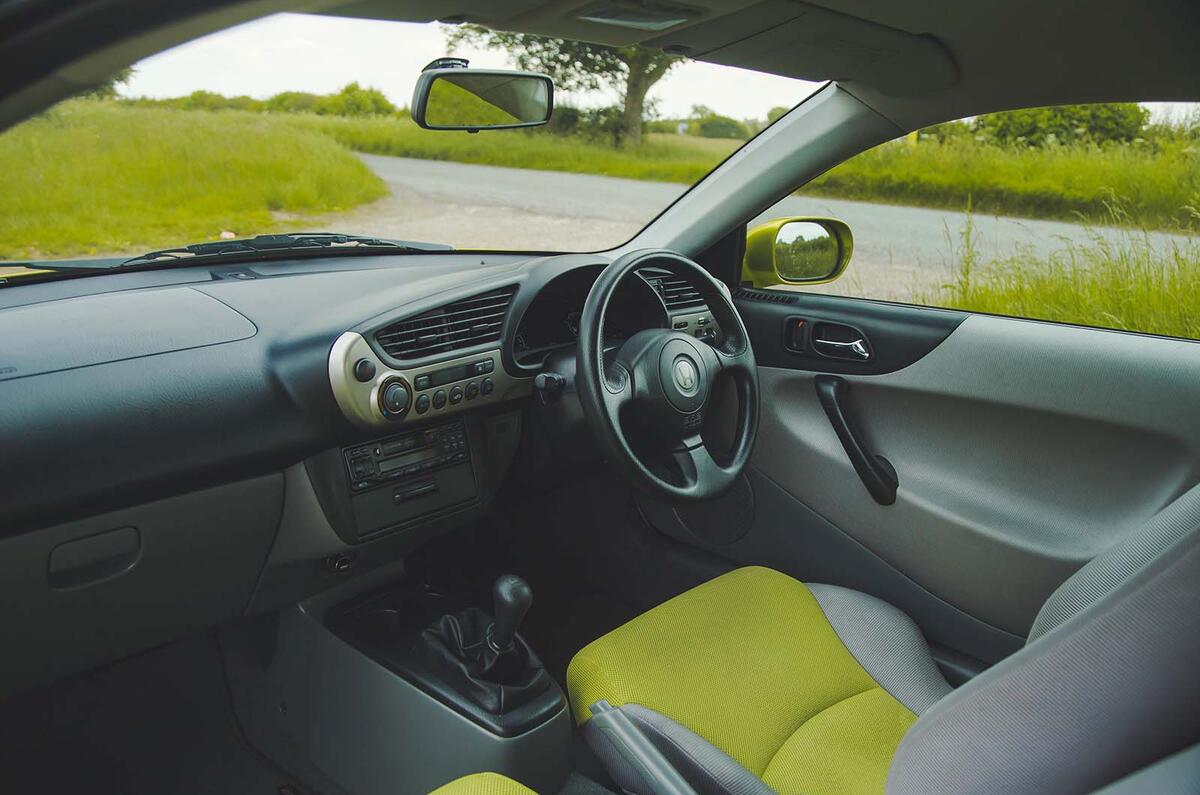
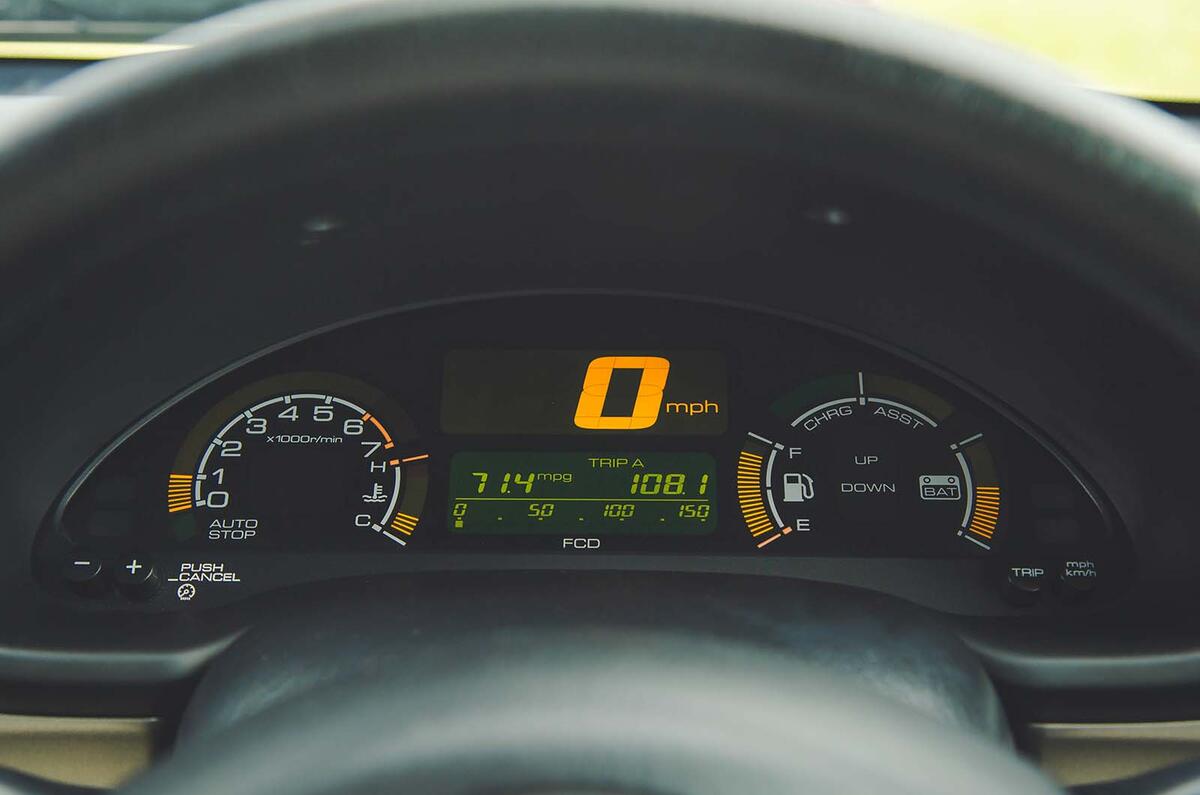
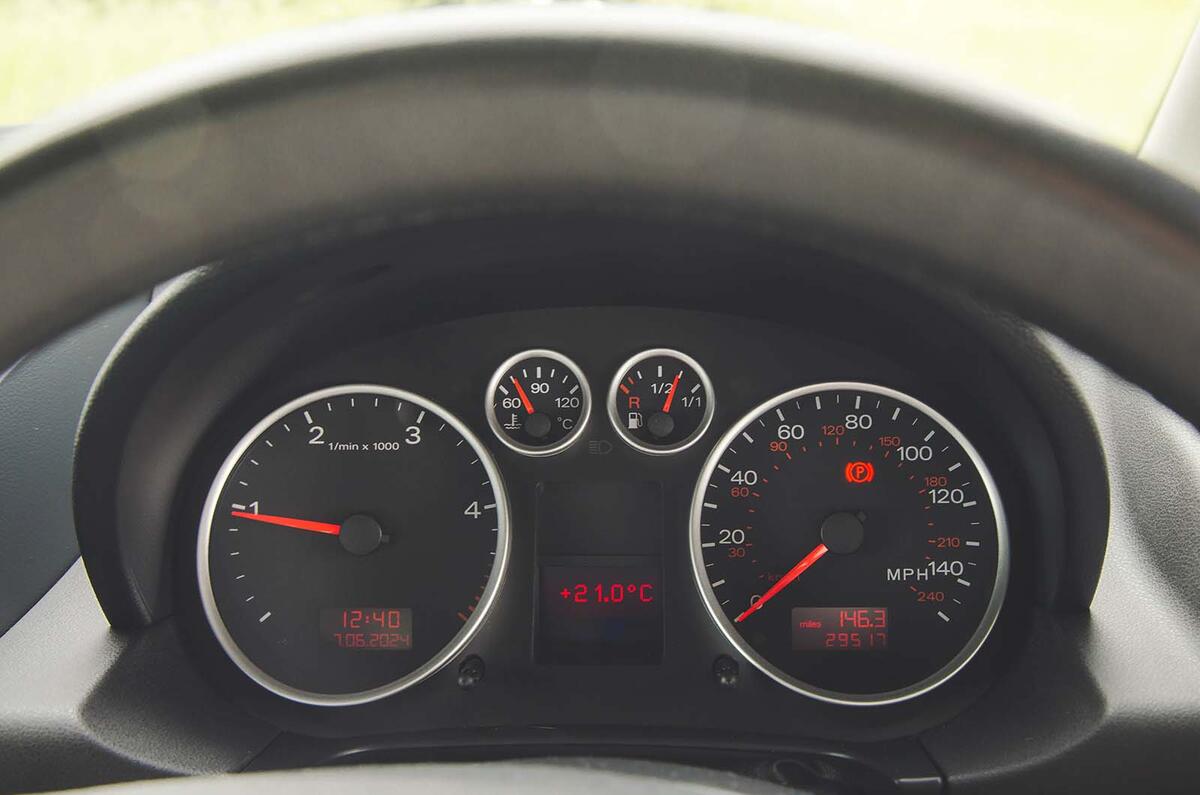
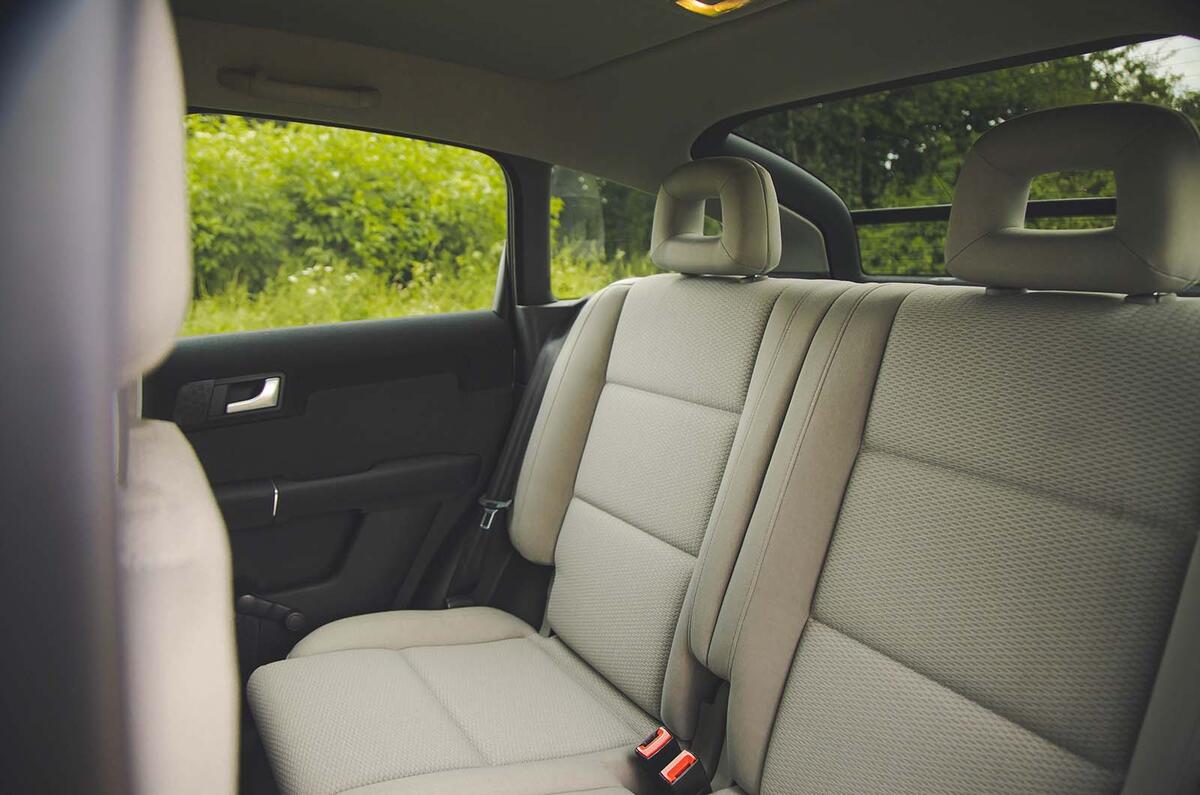
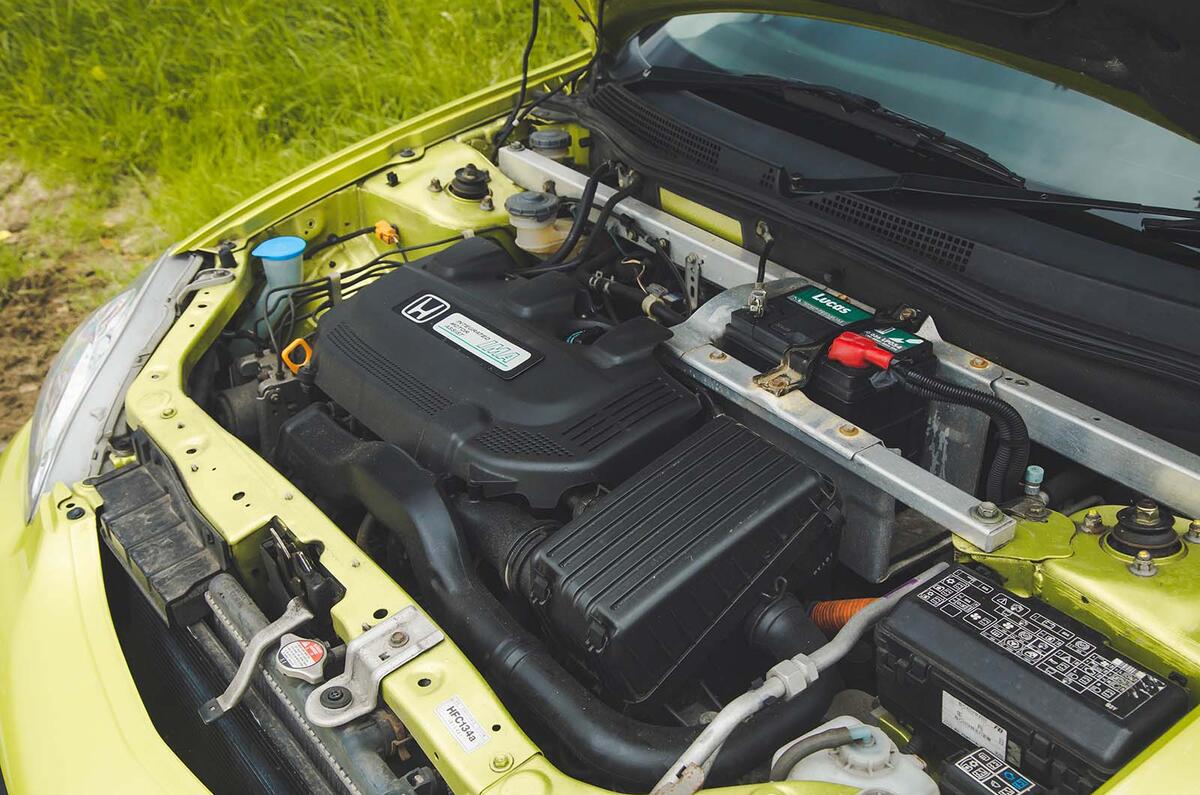
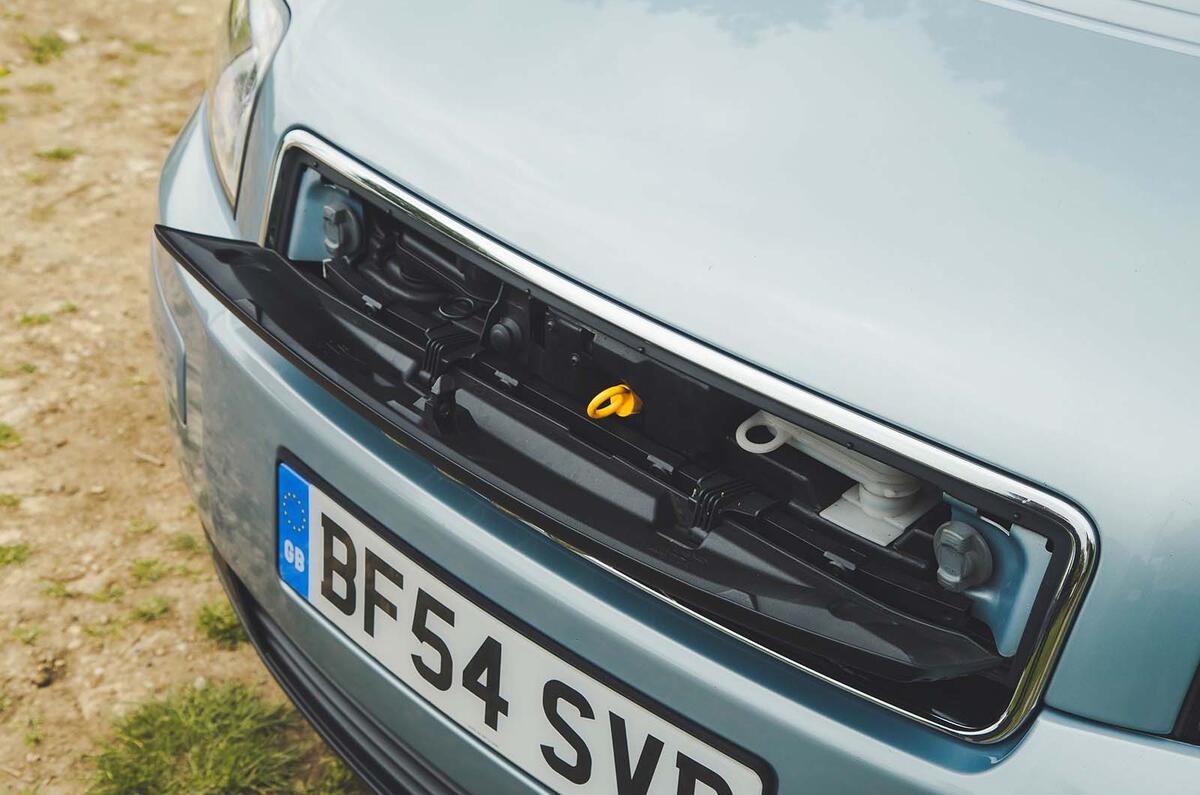
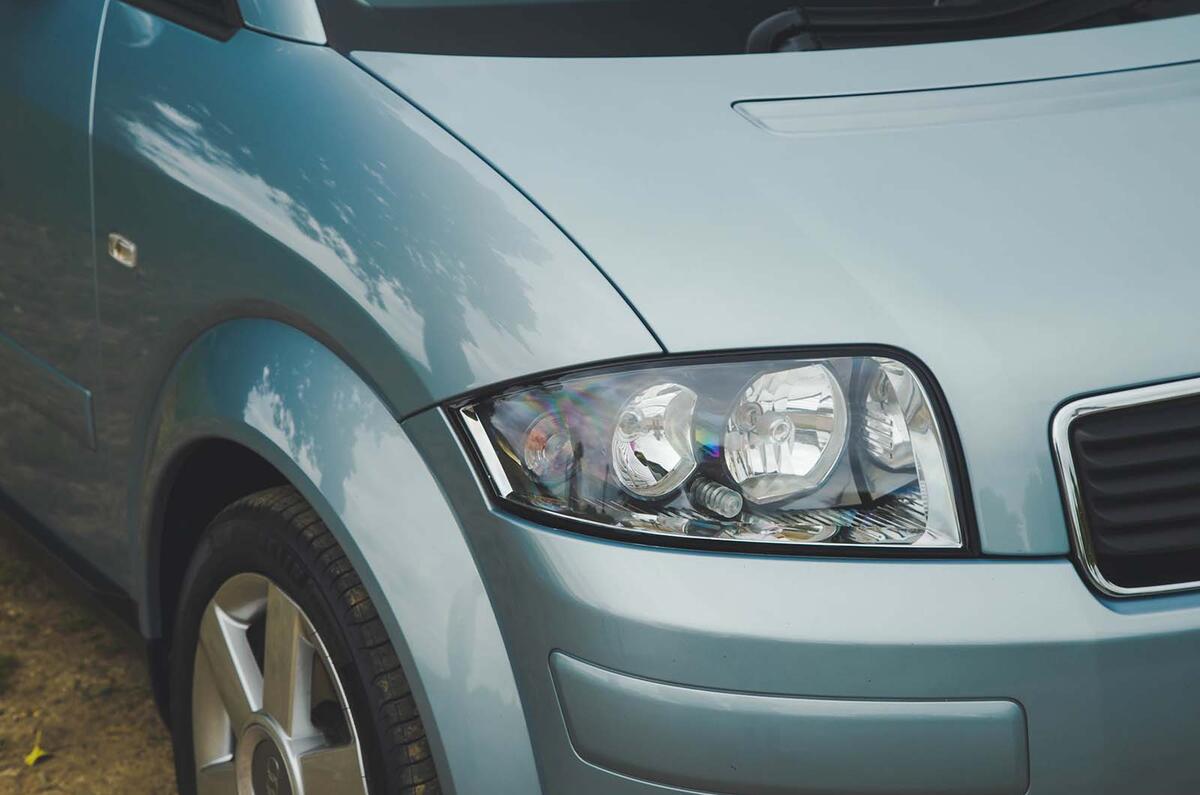
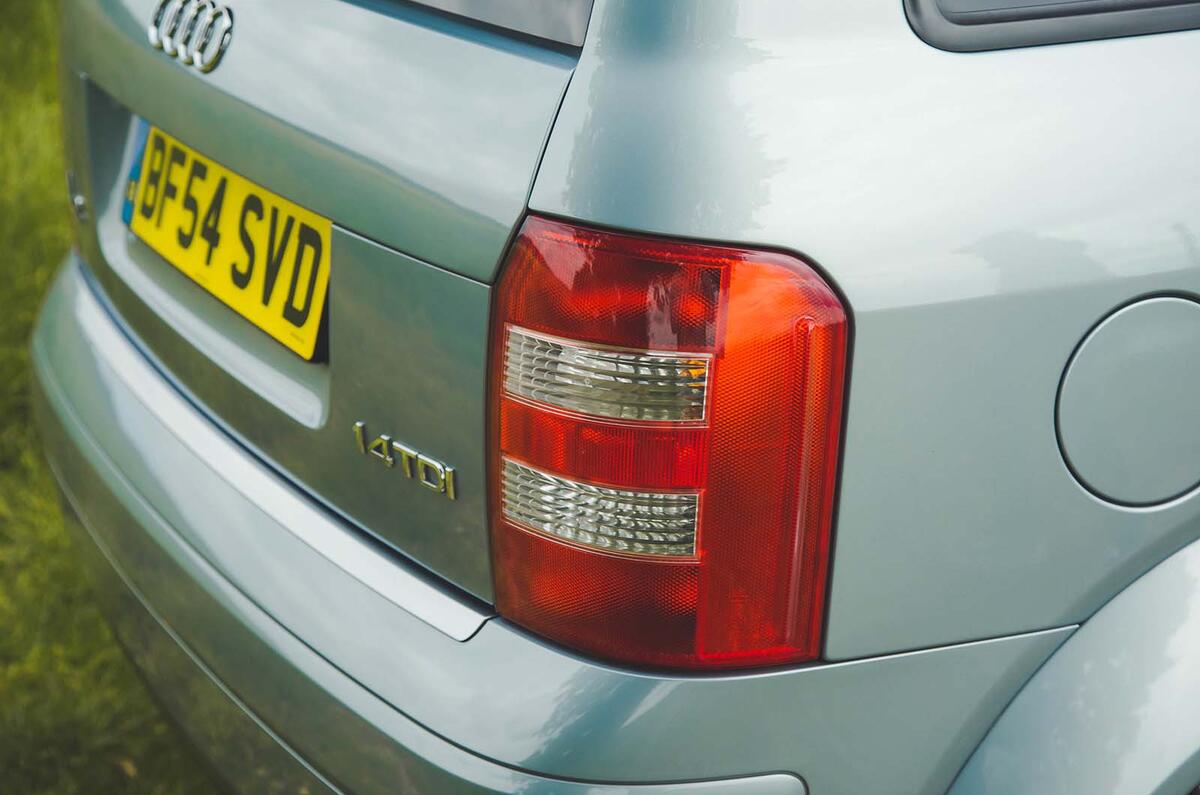
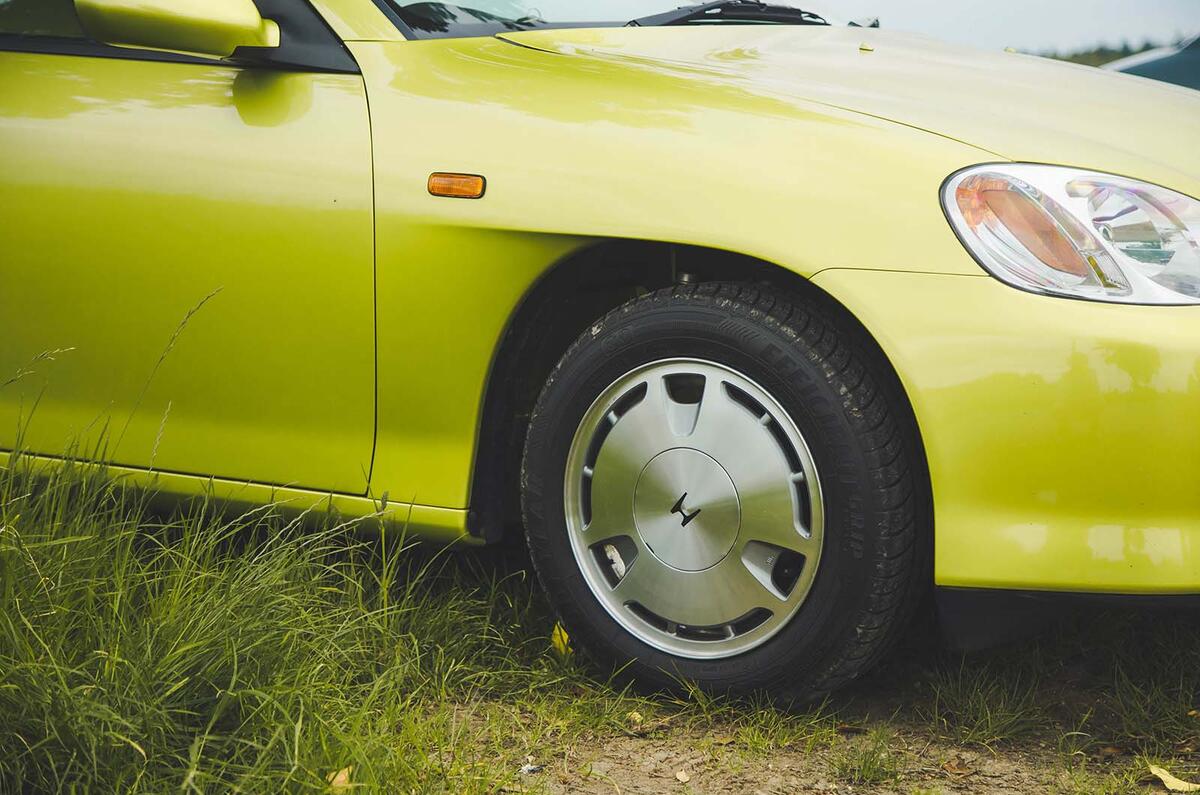
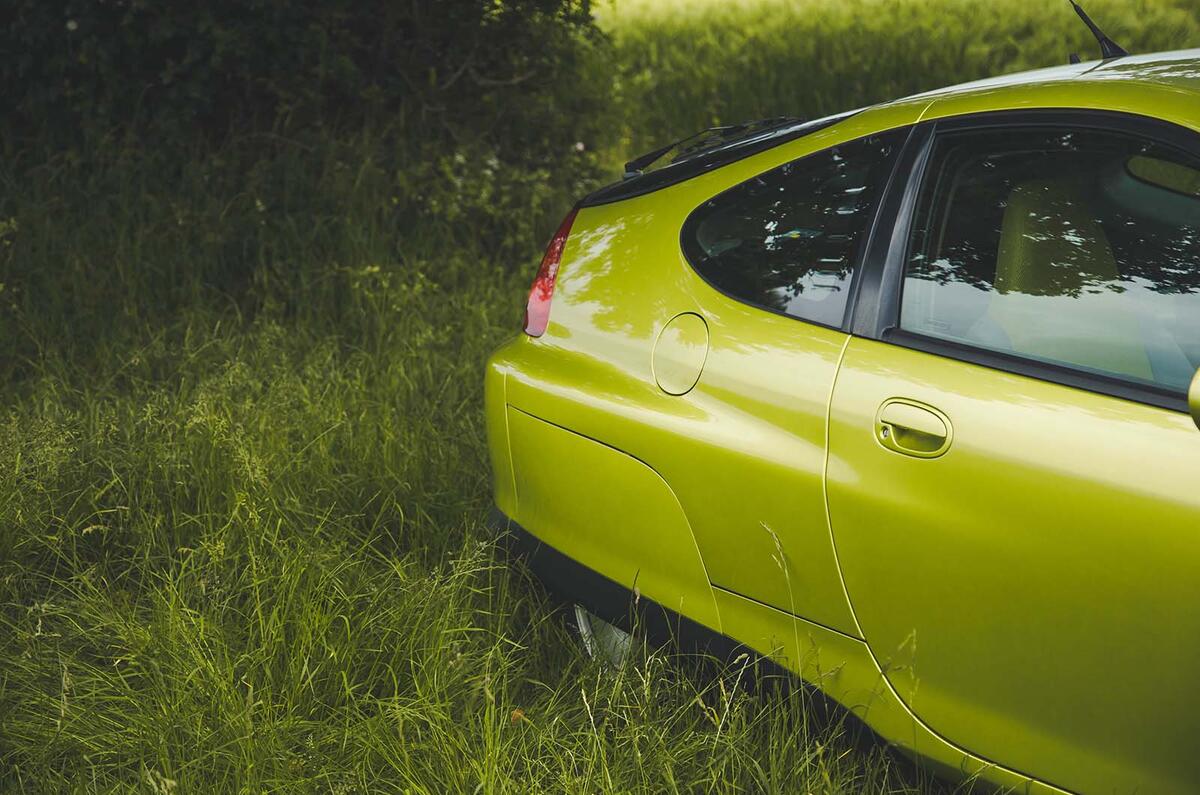


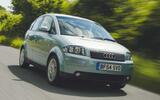


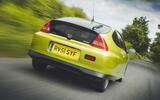

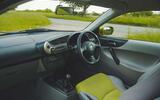














Join the debate
Add your comment
I had an Insight for about 2 years 20 years ago. It was a mixed bag. The engineering was impressive, and the economy fantastic (i seem to recall a lifetime average of about 70 mpg).
The suspension was its down fall. The rear was just a dead beam axel , with limited travel, and narrow track, so on anything but a smooth road it could skip, which put you off cornering with any enthusiasm. It also hated the train tracks HGVs leave in the motorway slowlane. However it was very comfy, and did 400 mile runs with no effort.
I recall on one occasion when they were doing road works on the M42 controlled with average speed cameras, i achieved 120 mpg over 12 miles rolling at 50 mpg. 80 plus was possible over entire motorway journeys without having to go too slow.
But in Yorkshire it could use all the battery power going half way up a hill, leaving it short of power near the top, and on the way back down it would fully recharge its batteries before the bottom so it was unable to recapture all that energy. With a bigger, newer battery pack it would have been better (or somewhere less hilly).
No one knew what it was, which was fun, but in the end it was too compromised for me. I found out later that Harry Metcalf bought it so its been in Evo magazine back in the day, and when i last looked its still MOTd, racking up a lot of miles.
I have always thought Honda missed a trick not developing it. I am sure with what they know now they could easily get something simlar over 100 mpg. They did produce a show car called the IMAS a few years after the Insight was introduced. It looked like a follow up, but with a carbon body, so it was probably too expensive to produce.
I never really considered these contemporary alternatives, but the real alternative to the A2 was the A class and then the Jazz a year or so later, the Jazz showed how you didn't need the expense of aluminium construction, and subsequent financial losses, by having a lightweight small car with loads of interior space that was even more economical than the petrol A2 equivalent. Surprising that they took until the second generation to add their IMA though. But in my opinion the Jazz was a better example of a small lightweight economical and spacious car than the A2 and it was a success.
The trick is to click 'disable rich-text'. It's kind of broken on Autocar's comment system.
Jazz wasn't unique in anyway compared to the A2 or insight, no unusal engine, no aluminum panels, not as light, no geniune 100 mpg version, totally bland looks.
It didn't out perform them in the areas this article was concerned about, the A2 was a massive 140 kg less, had engines capable of 100mpg, looked different and was considered the future.
The first generation Jazz was streets ahead of the A2 as a design, and it absolutely WAS innovative. They moved the petrol tank to under the front seats, designed a very compact rear suspension for extra interior space and also introduced the brilliant 'magic' seats, which nobody has been able to improve on since. Honda made money on every unit sold, while Audi took a huge bath on each A2. You still see loads of first generation Jazz around today. People just can't see past the blue rinse image. No A2 sold in the UK could do anything like 100mpg, and the weights aren't that different if you compare the diesel A2 (with that horribly unrefined three cylinder diesel) with the petrol Jazz. This was Honda engineering at its absolute best.
Jazz was forgettable and folding seats just doesn't cut it for this article. The weights, well the A2 starts at 140kg less than the dull Jazz, alot in this lightweight class. Oh and the article itself says nearly 100mpg was possible in the diesel A2, good luck getting close to that in the Jazz
I notice you conveniently only mention one of the innovations I highlighted that the Jazz employed. The 95mpg A2 was the 3L version. We never got that model in the UK and it couldn't hit that figure in real world driving anyway. Petrol A2's had similar mpg figures to the Jazz. Does it matter it was dull? It did the job it was designed to do perfectly and sold 3.5 million units, outselling the A2 by 20:1.
I actually like the A2 by the way. And the Insight.
Anyway, that's my last word on the matter!
Not interested on what versions of the A2 were sold in what regions the A2, the sheer fact it was in production is the point. No one wants to read an article on Jazz folding seats which is why it was omitted.
I guess the one thing the A2 proved was that aluminium construction is not viable in a small car due to costs of manufacturing against profit margins which have always been tight in small cars.
Ps I have always liked the A2, but only in petrol form as I have never been a diesel fan and never really done the mileage to justify the running of one.
Yes, the combination of the A2's lightweigh space efficient body with the Insight's hybrid powertrain would have made a fantastic car. But it would never have made a profit.
As I remember (working for Honda at the time) the ex-works cost of the Insight was about the same as the firm's Honda Legend, such was the penalty of limied production, bespoke parts and high development costs. The decision to market the car for around £18k in Britain was a balance aimed at promoting the technology while minimising financial loss. But even that was far too high. It is to my eternal regret that I didn't buy one of the large fleet of Insight "demonstrators" offered to staff at a bargain £8995!
The unfortunate truth is that buyers will always favour cheap conservative designs over more adventurous, lightweight, high efficiency ones. Especially when enery is cheap.